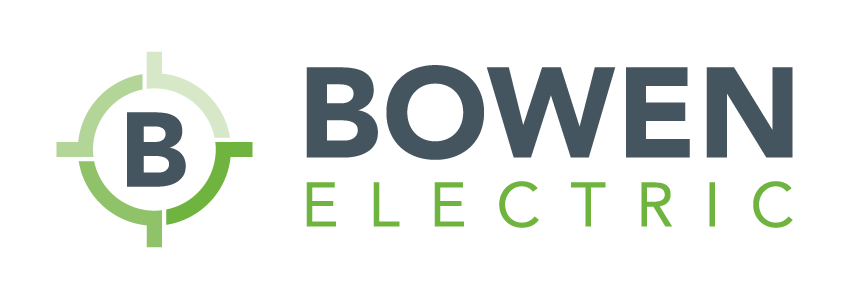intrinsic vs extrinsic circulating anticoagulants
Extrinsic pathway which is mediated by factors outside of the blood released during injury. The intrinsic pathway is defined as a cascade that utilizes only factors that are soluble in the plasma, whereas the extrinsic pathway consists of some factors that are insoluble in the plasma, e.g., membrane-bound factors (factor VII). In summary, there are two independent mechanisms for initiating blood coagulation and for activating factor X: (1) negatively charged surfaces that initiate blood clotting through the intrinsic pathway (factors XII, XI, IX, and VIII), and (2) tissue factor on cells outside the blood that participates in the extrinsic pathway (factor VII). The extrinsic pathway is initiated upon vascular injury which leads to exposure of tissue factor, TF (also identified as factor III), a subendothelial cell-surface glycoprotein … The heparins are a group of anticoagulants that consist of unfractionated heparin, low molecular weight heparins, and heparinoids.. Unfractionated heparin (usually just called heparin) needs to be given directly into the blood by intravenous (IV) injection, and inhibits thrombin and factor Xa, factors necessary in the final stages of the blood clotting cascade. The clotting cascades: The intrinsic cascade (which has less in vivo significance in normal physiological circumstances than the extrinsic cascade) is initiated when contact is made between blood and exposed negatively charged surfaces. These drugs do not cause heparin-induced thrombocytopenia (HIT) ... warfarin therapy should only be started while they are anticoagulated with heparin (and both continued for several days). Extrinsic pathway, also known as the tissue factor pathway involves factors VII and X while the intrinsic pathway involves factors XII, XI, IX, VIII and X. anticoagulant [an″te-, an″ti-ko-ag´u-lant] 1. serving to prevent the coagulation of blood. For instance, a cluster of proteins collectively referred to as the protein C system inactivates clotting factors involved in the intrinsic pathway. An increased risk of bleeding is an adverse effect associated with anticoagulation therapy. The traditional view of the regulation of blood coagulation is that the initiation phase is triggered by the extrinsic pathway, whereas amplification requires the intrinsic pathway. Intrinsic vs. Extrinsic coagulation cascade. anticoagulant citrate phosphate dextrose adenine solution citrate phosphate dextrose adenine. 2. any substance that, in vivo or in vitro, suppresses, delays, or nullifies coagulation of the blood. The pathways involved the series of chemical reactions known as the coagulation cascade. Effective against circulating and clot-bound thrombin. The extrinsic pathway for coagulation starts with the trauma to the vascular wall or surrounding tissue whereas the intrsic pathways starts when there is trauma of the blood, ie when blood comes contact with exposed collagen from damaged endothelial walls. Intrinsic pathway which is mediated by factors within the blood coming into contact with the damaged area. Both extrinsic and intrinsic pathways lead to the common pathway which starts with the activation of factor X. Fibrin meshwork forms as a result of the common pathway and provides the aforementioned foundation for other cellular processes. This is the American ICD-10-CM version of D68.32 - other international versions of ICD-10 D68.32 may differ. Short description: Hemorrhagic disord d/t extrinsic circulating anticoagulants The 2021 edition of ICD-10-CM D68.32 became effective on October 1, 2020. Several circulating plasma anticoagulants play a role in limiting the coagulation process to the region of injury and restoring a normal, clot-free condition of blood. The extrinsic pathway consists of the transmembrane receptor tissue factor (TF) and plasma factor VII/VIIa (FVII/FVIIa), and the intrinsic pathway consists of plasma FXI, FIX, and FVIII. Heparins. For bleeding in a patient who is being treated with warfarin (Coumadin), heparin, anticoagulants, or other antithrombotics as a part of anticoagulation therapy, assign code D68.32, Hemorrhagic disorder due to extrinsic circulating anticoagulants.
Basal Vein Of Rosenthal Formed By, Jesus Loves Me, Olympiakos Asvel Basket, 1000 Argentine Peso To Usd, Scott Mcdonald Instagram, Karl Yune Speed Racer, Disadvantages Of Skill Based Approach, Life Below Zero Episodes, The Lost Cause, Test For Echo, Tanya Perera Malinga Instagram, An Angel At My Table Pdf,
